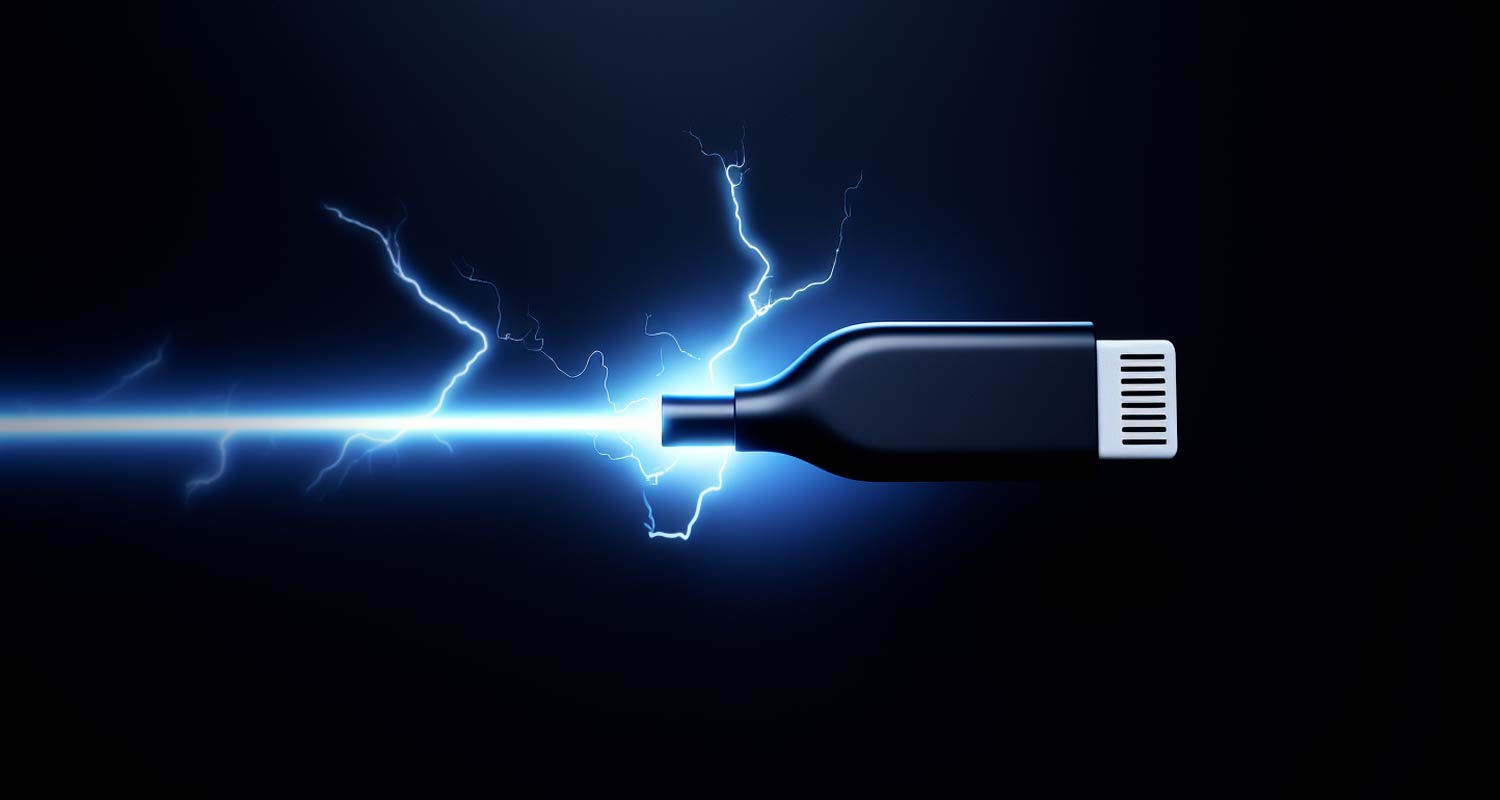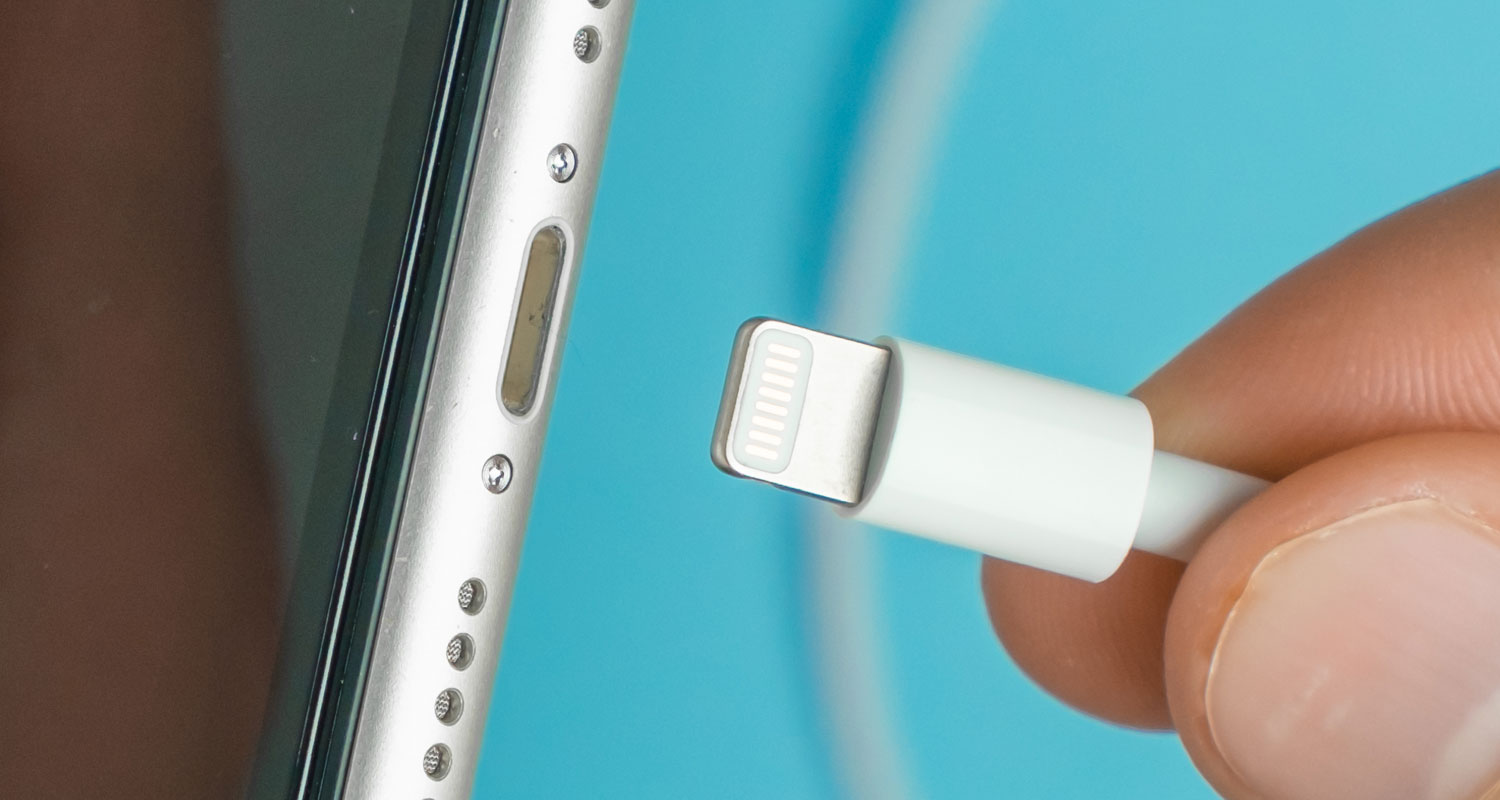 Apple’s launch last week of the iPhone 15 series marked an important part of the company’s slow transition from the proprietary Lightning connector to USB-C for charging and data transfer.
Apple’s launch last week of the iPhone 15 series marked an important part of the company’s slow transition from the proprietary Lightning connector to USB-C for charging and data transfer.
The iPhone is one of the last in Apple’s family of devices to make the transition to USB-C, a move likely driven by strict EU regulations (Apple claims it’s made the move of its own volition).
“iPhone 15 models use a USB‑C connector, a universally accepted standard for charging and transferring data, allowing the same cable to charge iPhone, Mac, iPad and the updated AirPods Pro (second generation). Users can also charge AirPods or the Apple Watch directly from their iPhone with the USB‑C connector,” Apple said in a statement.
Apple debuted the Lightning connector in the iPhone 5, released more than a decade ago: in September 2012. Prior to that, Apple’s mobile devices used the 30-pin dock connector from the iPod, from which the iPhone emerged.
The 30-pin dock connector was large and clunky and could be inserted only one way. Lightning cables, on the other hand, are reversible. At its debut, Apple executive Phil Schiller introduced Lightning as the “modern connector for the next decade”. Lightning’s smaller size allowed for thinner iPhones, while its electronic capabilities meant fast charging and quicker data transfer.
Lightning was an innovation that was ahead of its time, but not for long.
Enter USB-C, a universal charging port standard released in 2014, promising faster transfer speeds. It was only two years later, in 2016, that Apple introduced USB-C to its product line, and even then, iPhones continued to be excluded.
Struck down
According to technology blogger John Gruber, a fifth of the development team that created the USB-C standard was made up of Apple engineers, making the company’s reluctance to adopt the superior standard ironic. But it was likely all about the bottom line for Apple: its decision to use Lightning for so long was likely a way of keeping customers locked in and using its accessories.
However, the EU has now forced Apple to change tack. The EU has said it wants to curtail the amount of e-waste created through the world’s using more than one port/cable type. Apple had until the end of 2024 to complete the transition.
Read: Apple sticks with physical Sims – for now
“With our proposal, European consumers will be able to use a single charger for all their portable electronics – an important step to increase convenience and reduce waste,” EU commissioner Thierry Breton has said previously.
The USB-C connector on all iPhone 15 models can be used to connect to a variety of USB-C-compliant devices such as CarPlay-compatible vehicles, external storage devices, monitors, microphones and external battery packs. However, the Pro models support much faster data transfer speeds: 10Gbit/s vs the base model’s 480Mbit/s over the much older USB 2 standard.
 “The USB-C connector on iPhone 15 Pro and iPhone 15 Pro Max supports USB 3 for data transfer when used with a USB-C cable that supports USB 3. iPhone 15 Pro and iPhone 15 Pro Max also support recording ProRes video directly to an external storage device, up to 4K at 60 frames per second,” said Apple on its website.
“The USB-C connector on iPhone 15 Pro and iPhone 15 Pro Max supports USB 3 for data transfer when used with a USB-C cable that supports USB 3. iPhone 15 Pro and iPhone 15 Pro Max also support recording ProRes video directly to an external storage device, up to 4K at 60 frames per second,” said Apple on its website.
Apple supports 20W charging on all iPhone models, which is significantly slower than many of its Android rivals. The Samsung Galaxy S23 series, for example, can be charged at up to 45W. – © 2023 NewsCentral Media




